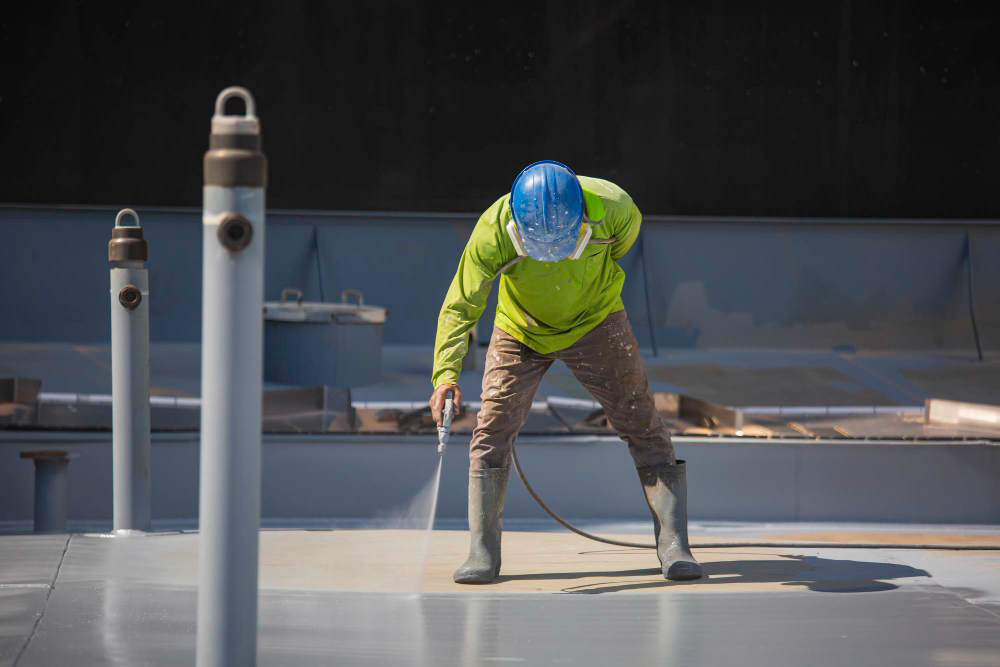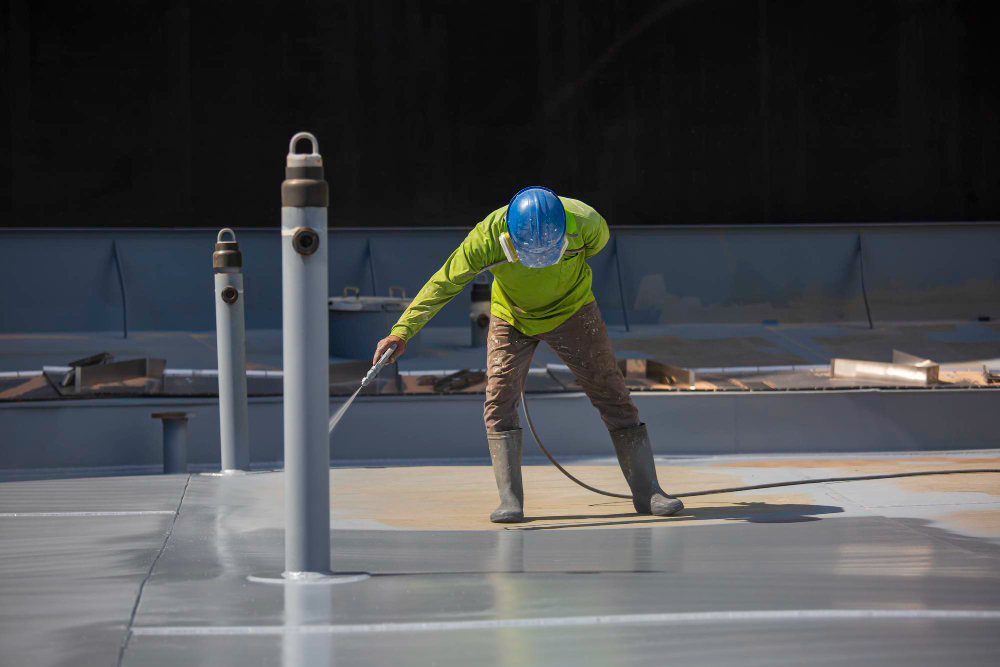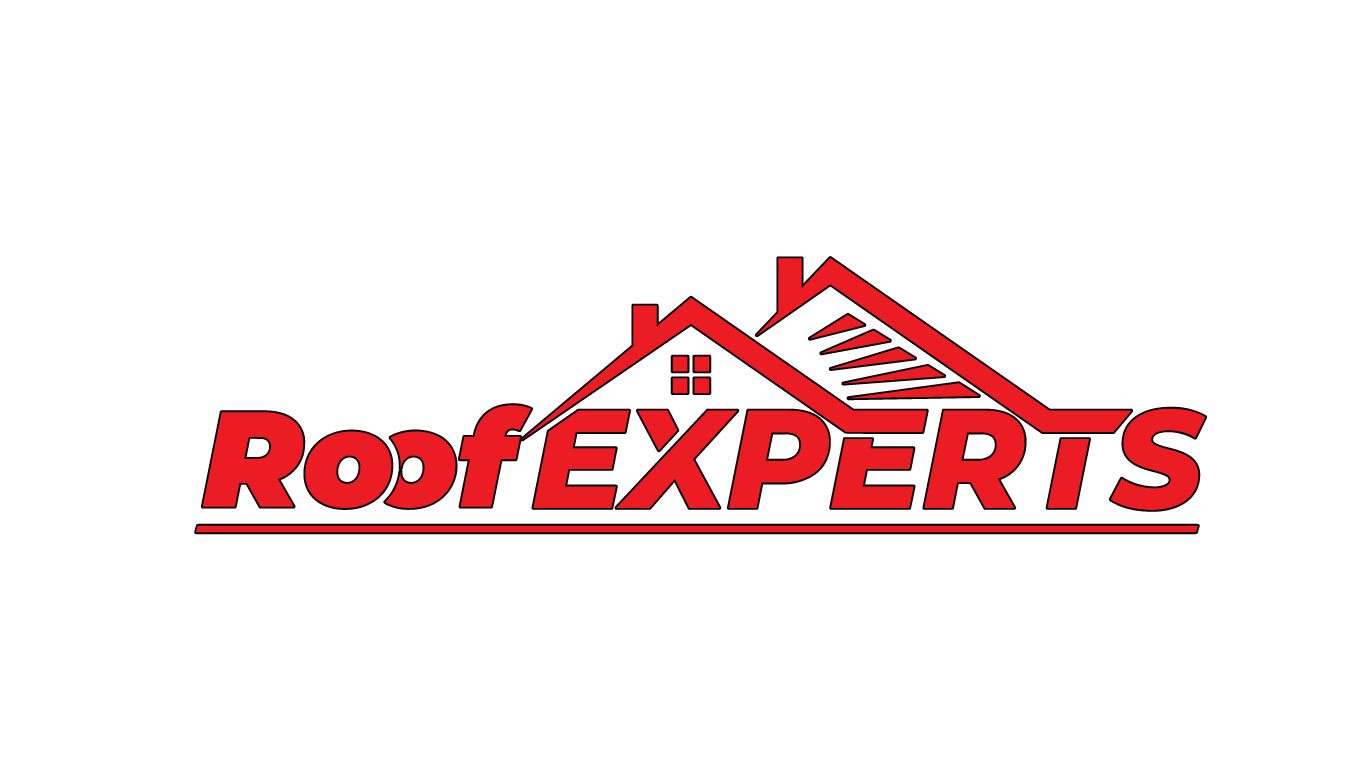

When it comes to commercial roofing, maximizing return on investment (ROI) is a top priority for businesses. A key strategy that has proven to be a game-changer in this realm is the utilization of fluid applied roofing solutions. In this blog post, we will explore how these innovative solutions can significantly enhance ROI in commercial roofing projects. From cost savings to extended roof lifespan, we will uncover the various ways in which fluid applied roofing solutions can revolutionize your roofing investment.
1. Enhanced Energy Efficiency: One of the primary ways fluid applied roofing solutions maximize ROI is through improved energy efficiency. These solutions, such as reflective coatings, can significantly reduce the heat absorption of the roof, resulting in lower cooling costs during hot summer months. By reducing the strain on HVAC systems and minimizing energy consumption, businesses can experience substantial long-term savings on energy bills, thereby enhancing their overall ROI.
2. Increased Roof Lifespan: Fluid applied roofing solutions provide a protective barrier that extends the lifespan of commercial roofs. These solutions create a seamless, watertight membrane that prevents leaks, water damage, and other common roofing issues. By minimizing the need for frequent repairs and replacements, businesses can avoid costly disruptions and expenses associated with roof maintenance. The extended lifespan of the roof translates into significant cost savings and improved ROI over time.
3. Cost-Effective Installation and Maintenance: Fluid applied roofing solutions offer a cost-effective alternative to traditional roofing materials. The installation process is relatively quick and straightforward, resulting in reduced labor costs. Additionally, the seamless nature of these solutions minimizes the potential for future leaks and damages, reducing the need for frequent repairs. Overall, the cost-effectiveness of fluid applied roofing solutions contributes to higher ROI by reducing upfront expenses and ongoing maintenance costs.
4. Environmental Benefits: In today’s world, sustainability and environmental responsibility play a crucial role in business decision-making. Fluid applied roofing solutions align with these principles by offering eco-friendly features. These solutions are often low in volatile organic compounds (VOCs), reducing harmful emissions during installation. Furthermore, the improved energy efficiency achieved with fluid applied roofing solutions leads to a reduced carbon footprint. By adopting these environmentally friendly practices, businesses not only contribute to a greener future but also enhance their brand reputation, attracting environmentally conscious consumers and investors.
5. Improved Property Value: Investing in fluid applied roofing solutions can significantly enhance the value of commercial properties. A well-maintained and energy-efficient roof adds to the overall appeal and marketability of a building. Prospective buyers or tenants recognize the long-term cost savings and reduced maintenance associated with fluid applied roofing systems, making the property more attractive in the market. Consequently, the enhanced property value directly contributes to higher ROI for property owners.



Summarize your business so the visitor can learn about your offerings from any page on your website.